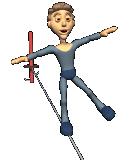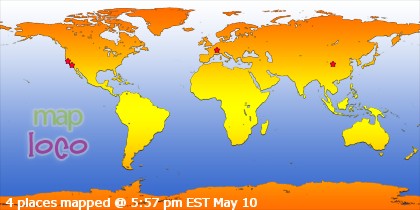
PORTLAND, Ore. -- Mayday! Mayday! The dinos are here! A ferocious-looking T. rex and more than 20 of his prehistoric pals arrived at the Oregon Zoo today following a long journey from McKinney, Texas. These giants will form the
zoo's blockbuster outdoor exhibit, "Dinosaurs!" presented by Wells Fargo, set to open May 17 and running through Labor Day.
Chilling prehistoric roars will soon reverberate through lush canopies, as zoogoers experience a trip back in time. Visitors will follow a trail through an ancient rain forest, surrounded by life-size animatronic dinosaurs that roar, snarl and move with realistic ferocity. Along the way, massive footprints signal the proximity of the most fearsome prehistoric
predator of all: Tyrannosaurus rex. The path will also feature activity stations with fossil digs, photo-opportunity spots and identification posts geared to all ages.
Among the 25 animatronic creatures on display, visitors will discover a total of 14 species -- from the impressive brachiosaurus and the fierce T. rex, to the 2-foot-tall compsognathus and the flying pteranodon. Young visitors may prefer the slow-moving herbivore species, along with several animatronic baby dinosaurs and dinosaur egg nests.
"T. rex is the star of the show, of course," said Tony Vecchio, zoo director. "Stegosaurus, triceratops, the long-necked sauropods and all the popular carnivores are all represented. And some dinosaurs are just so funky that we had to have them -- like the dome-headed pachycephalosaurus."
Each of the dinosaurs is built on a steel frame and covered with intricately painted foam-rubber skin. State-of-the-art electronics and air pistons power the dinosaurs' grasping hands, menacing claws and gnashing teeth. Strategically placed alternative paths will lead parents with younger visitors to activity stations, where they learn what these giants ate, how they cared for their young, what their relationships to other animals were like, possible reasons they became extinct and more.
Saturday, June 21, 2008
Dinosaurs arrive at the oregon zoo
Labels: .circus.
Subscribe to:
Post Comments (Atom)















0 comments:
Post a Comment